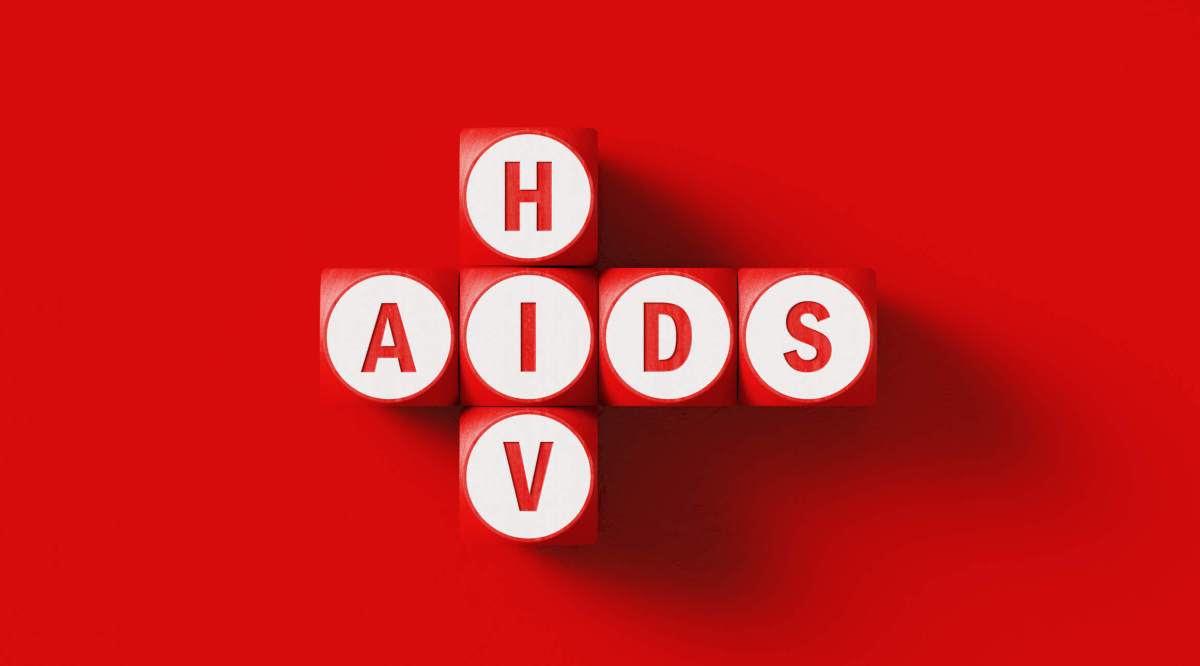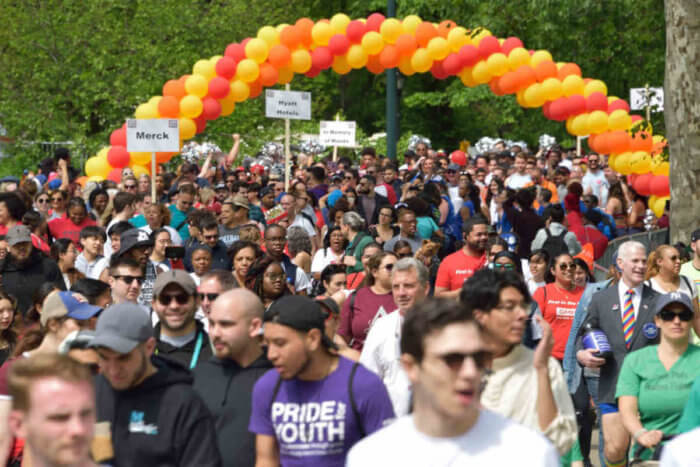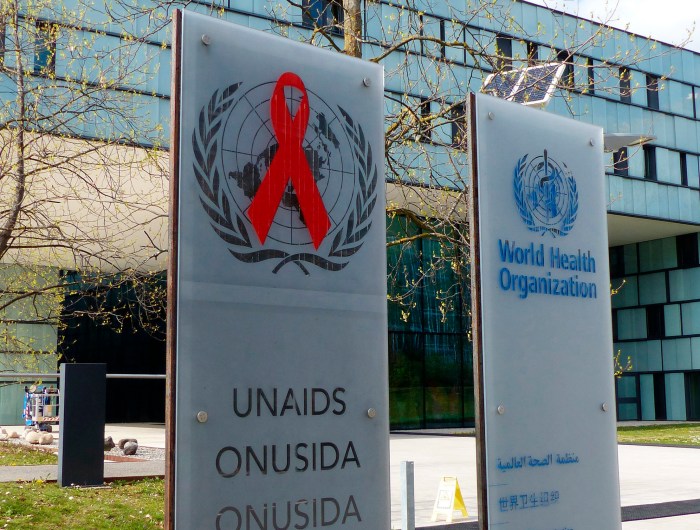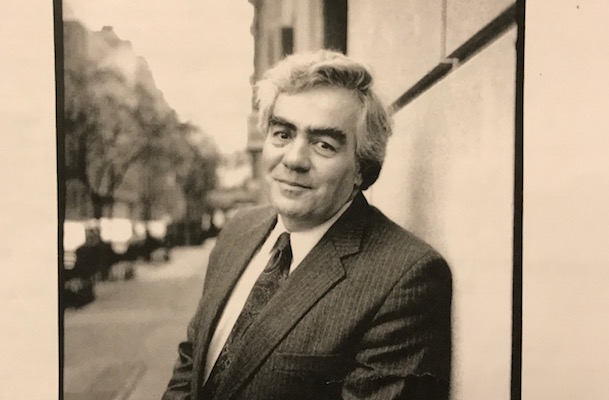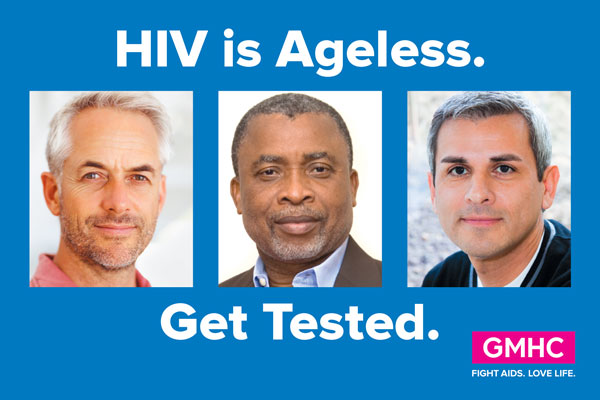As we look back at World AIDS Day and reflect on the progress that has been made in combatting the HIV/AIDS crisis, it is time to renew our focus on those conditions that continue to fuel transmission. One is New York City’s lack of sufficient affordable housing.
The reality is that the line connecting HIV/AIDS and housing insecurity is clear. Homelessness increases a person’s risk of contracting HIV, and contracting HIV increases a person’s likelihood of experiencing homelessness. In fact, given the high cost of medications and health-related absences from work, people living with HIV/AIDS are at a 50% higher risk of experiencing homelessness.
New York’s lack of housing security creates a never-ending cycle. Policymakers and organizations like ours, which offer services to those living with HIV/AIDS, need to view housing and health in a holistic and connected way.
While new HIV diagnoses have been falling in New York City – declining 21% from 2019 to 2020 – over 100,000 individuals are currently living with HIV throughout the five boroughs.
When HIV hit New York City in the 1970s and 80s, it quickly became the center of a global epidemic. With little known about the diseases, hysteria ensued, leading to the mass stigmatization of HIV/AIDS. Though massive strides have been made to understand the virus and how to prevent infection, it is more than just about the medicine.
The truth is that housing is a core necessity – especially for individuals with underlying health concerns. Investing in and providing housing for individuals living with HIV/AIDS allows them to focus on other aspects of their lives, such as their mental and physical health, without the ever-present worry of not having a place to lay their heads.
The status of Homelessness is one of the structural drivers of the spread of HIV – the rate of HIV diagnosis in New York City’s shelter system is twice that of the general population. For those at high risk of contracting HIV who are experiencing homeless or at-risk of homelessness status, providing supportive housing has been found to decrease the risk of a new HIV infection and continues to decrease as the length of their time in supportive housing increases.
The need for new housing is dire but inevitably not swift. Additionally, nonprofits must step up and provide wrap-around services to the city’s underserved and vulnerable populations.
Specifically, nonprofits can offer more than just safe, affordable housing. Many, like Volunteers of America-Greater New York, are going the extra mile to provide tailored plans to help each individual find appropriate medical care while planning for the future. Some also offer counseling services for those who are struggling with mental health and substance abuse, which many face as a result of experiencing homelessness in conjunction with the impact of an HIV diagnosis.
The facts are clear – providing a safe and supportive living situation is a critical step towards a brighter future for those navigating HIV/AIDS. With equity as a guidepost for our city, we must ensure that the medical strides made to combat HIV/AIDS are not undermined but bolstered through a strong housing network and further investment in supportive services.
Perdomo is the Director of Specialized Housing & Veterans Initiatives for Volunteers of America–Greater New York. Robinson is Program Director for VOA-GNY.



